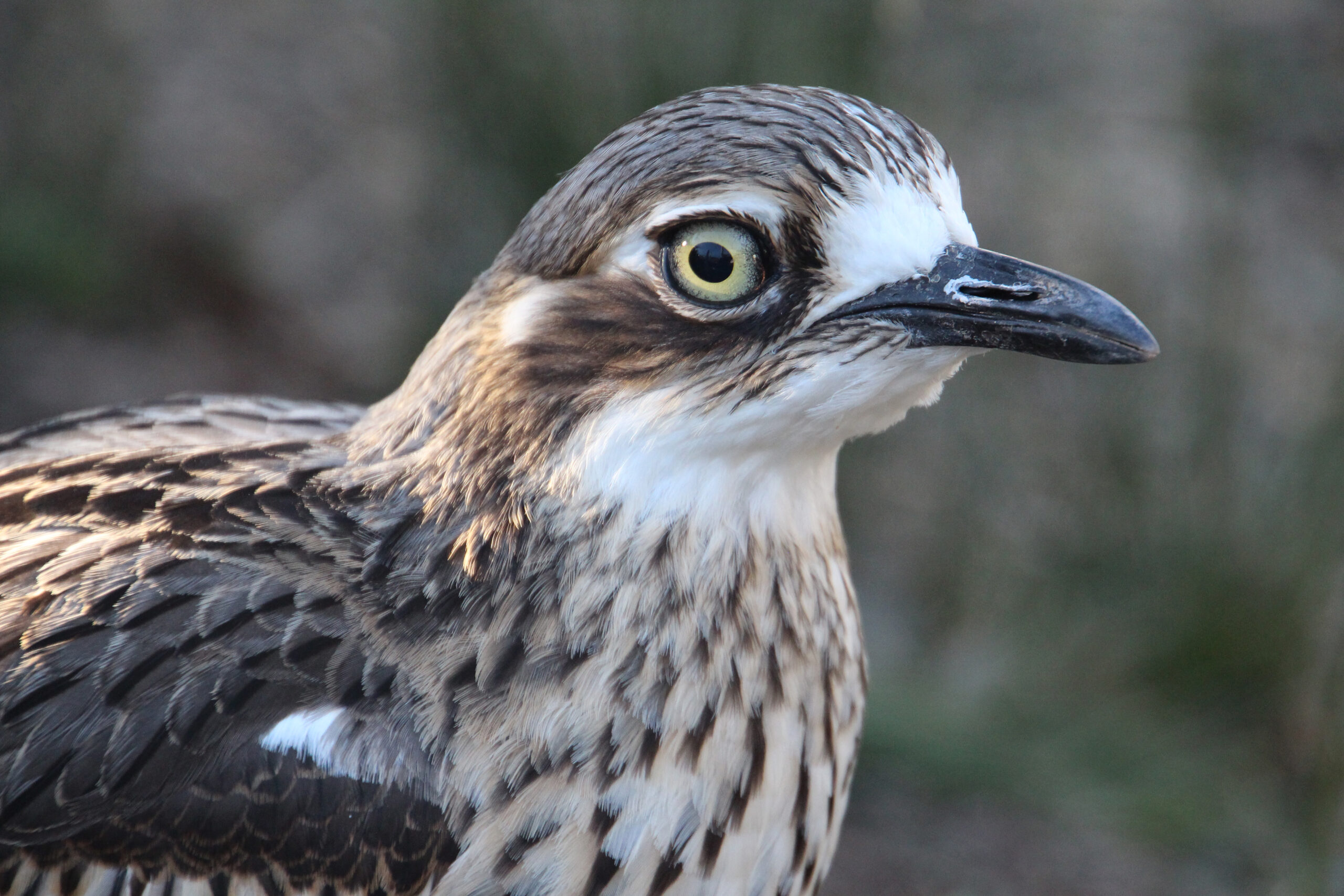| Common name | Budgerigar |
| Scientific name | Melopsittacus undulatus |
| Type | Bird |
| Diet | Seeds, grains, nuts |
| Average lifespan | 3–6 years (in captivity can live 15 years) |
| Size | About 20cm long from head to tail; weight of 30–40g |
The highly sociable nature of this noisy little Australian parrot species has made it extremely popular as a pet. It was first bred in captivity in the mid-1800s and has since become one of the world’s most widespread caged birds, with more than 5 million now thought to survive across the planet. The fact that it easily learns to copy human speech has helped make it particularly appealing as a pet.
In the wild, ‘budgies’ – as they’re often called – live right across mainland Australia, except for the far south-west and south-east and far north of the Northern Territory. They are seen particularly in inland areas and are nomadic, following food. But they are also migratory, moving northwards across the continent during cooler months and south when the weather warms. Wild budgies are never far from water and early European explorers were known to follow them to locate a life-saving drink in arid Australia.
Budgies mate for life and usually live in small flocks of up to a hundred. But this is a typical ‘boom-bust’ species. When conditions are good – lots of rain leading to lots of grass seed – wild budgies breed quickly, their numbers skyrocket and huge flocks containing thousands of individuals can be seen in the Australian outback. These massive groups of small birds fly in unison, wheeling and turning as if they’re one huge organism. It’s a clever ‘safety-in-numbers’ adaptation that confuses the species’ main predators, which are eagles, falcons and other birds of prey.
Wild budgies always look very much the same, with feathers of bright yellow and green, blue cheek spots and wings marked with fine splashes of black. But in captivity, breeding has led to this species developing hundreds of plumage patterns and colour combinations, ranging from mottled shades of blue and even purple to pure white and yellow.





